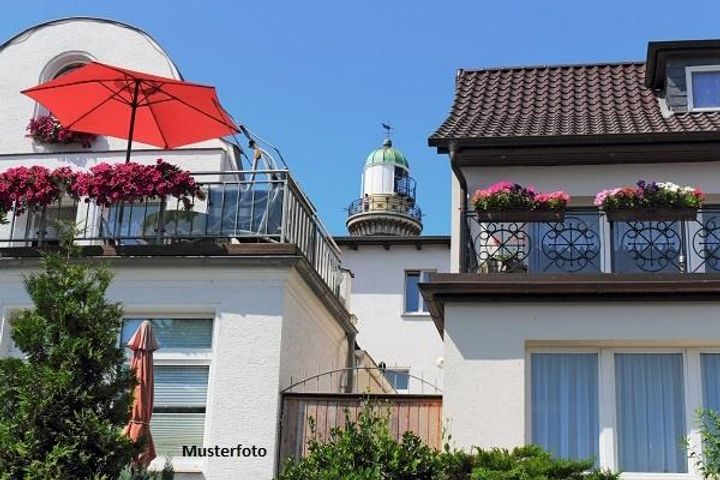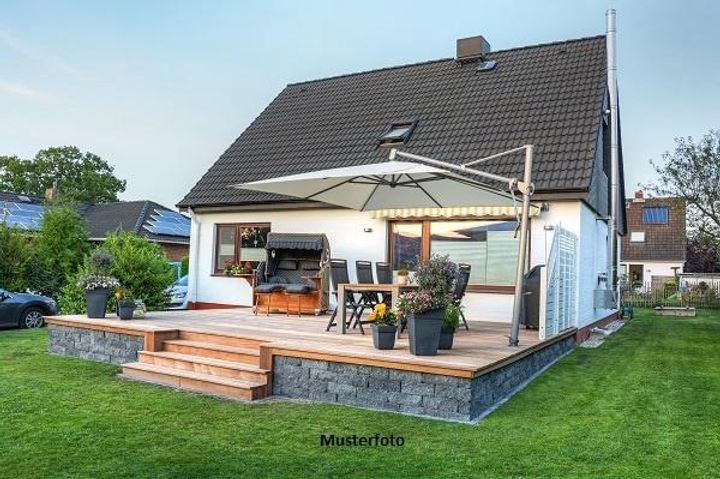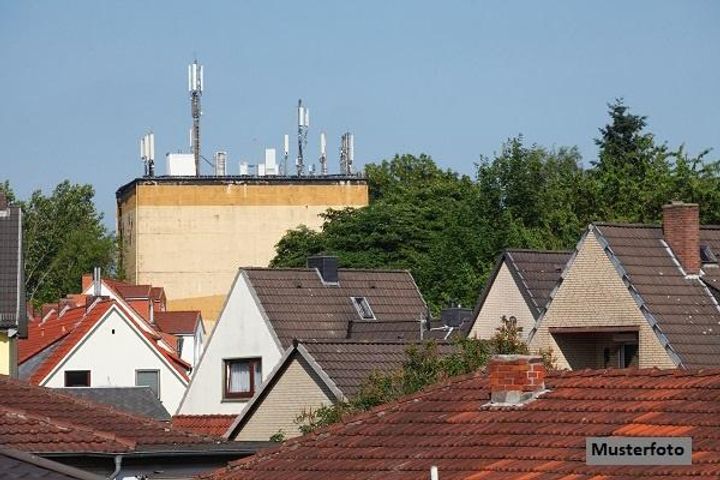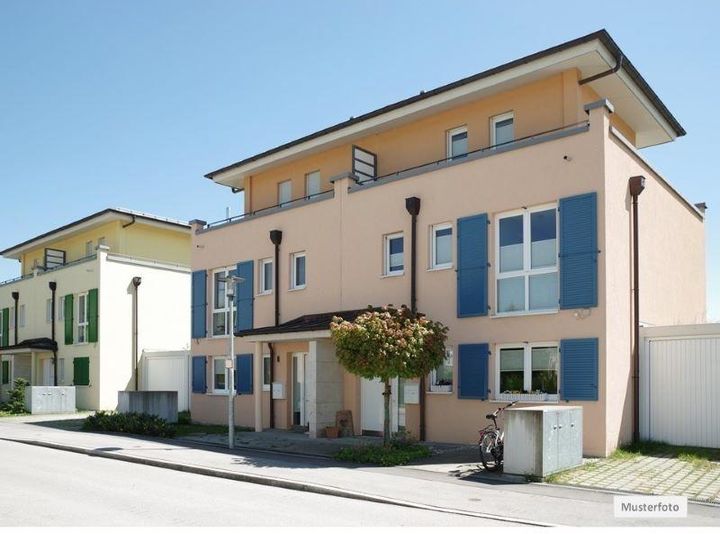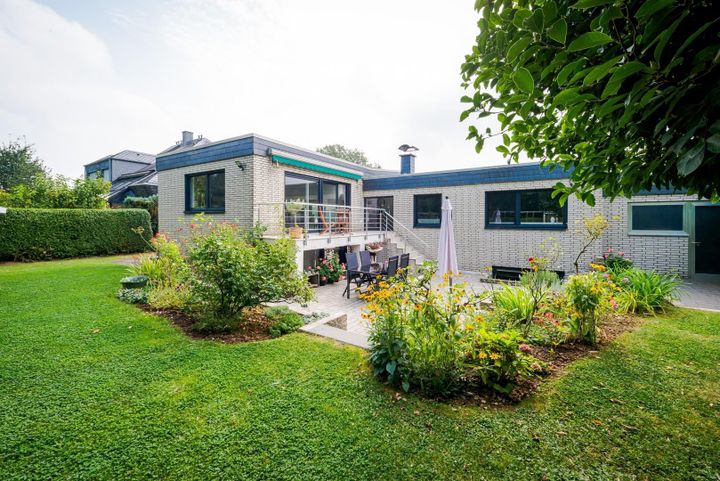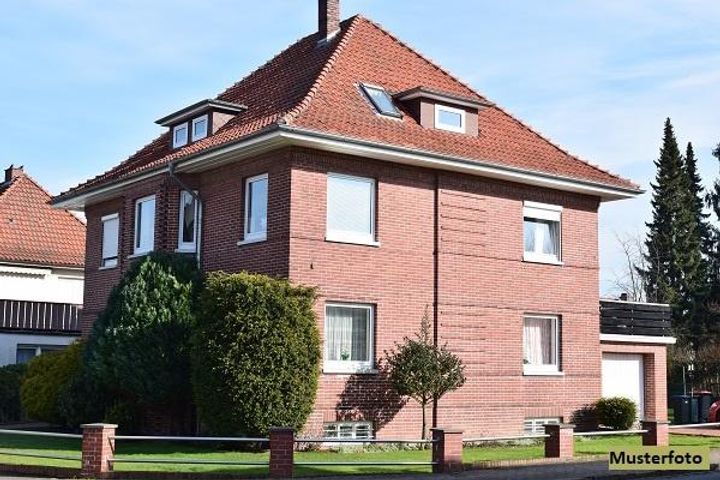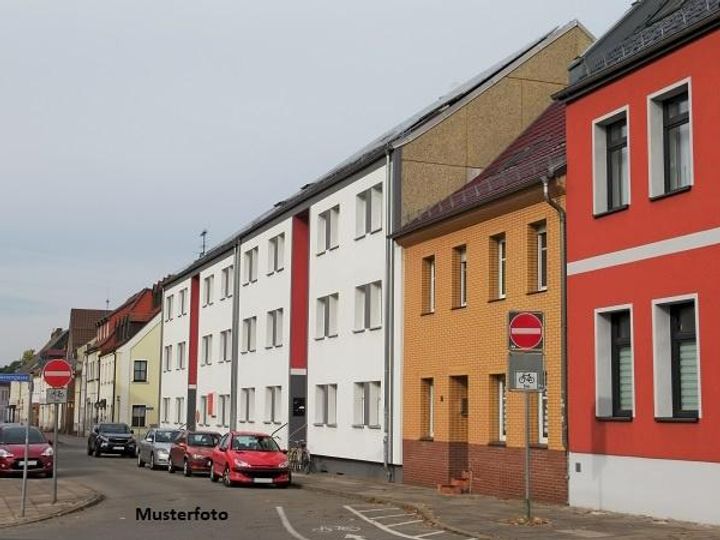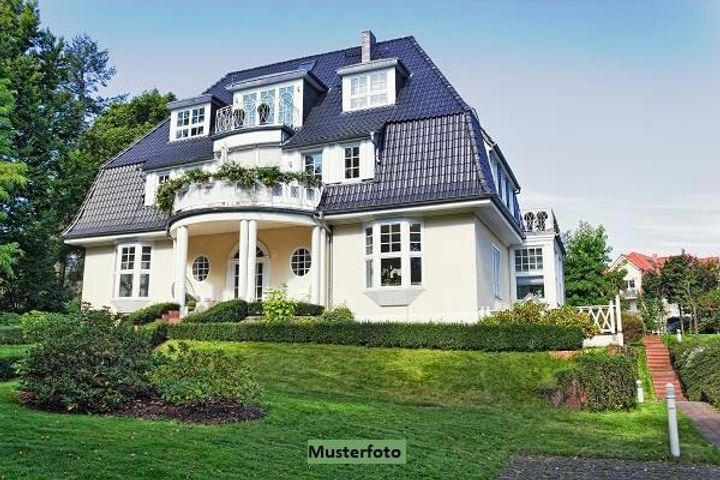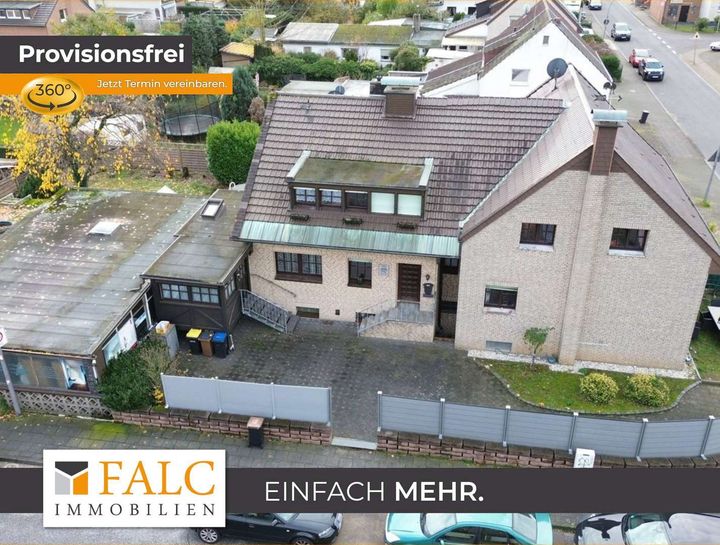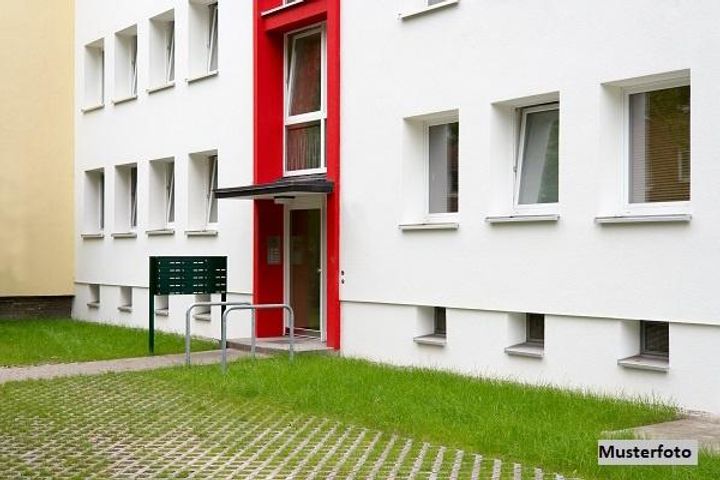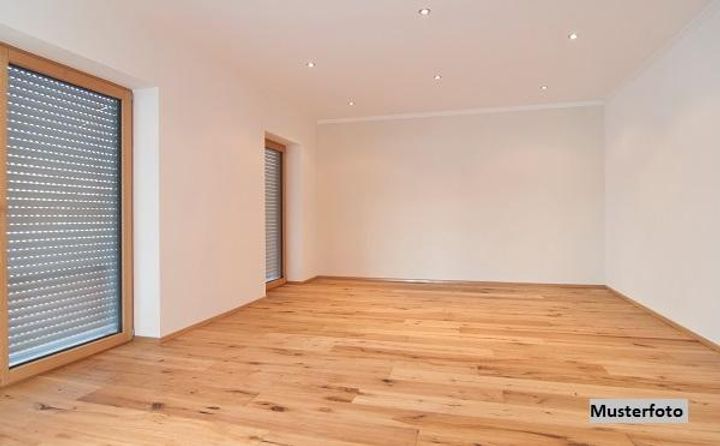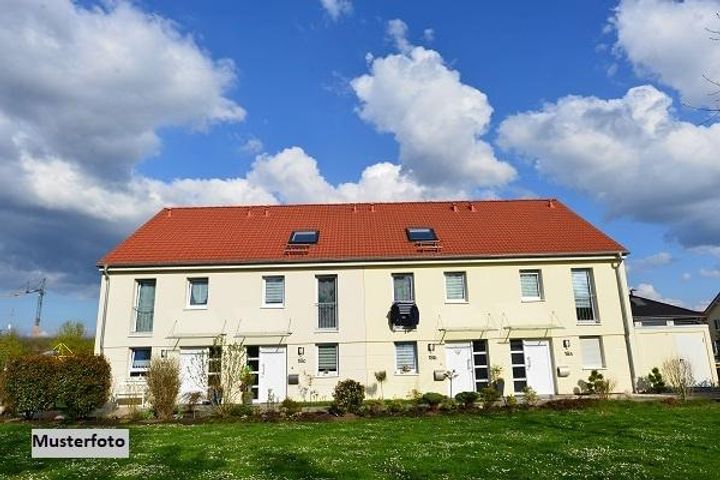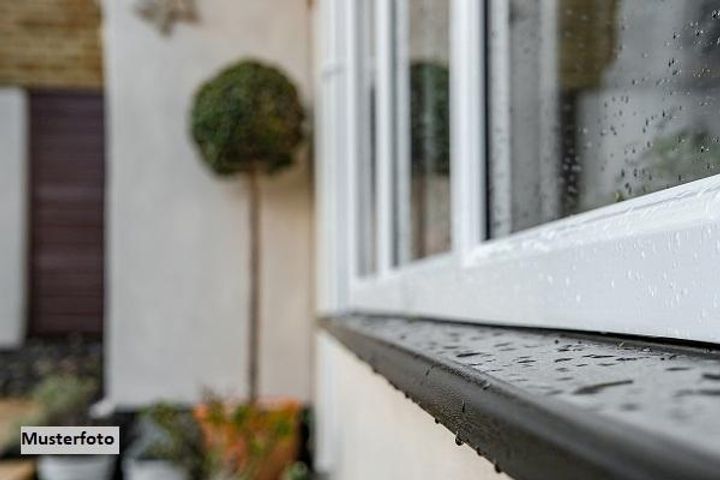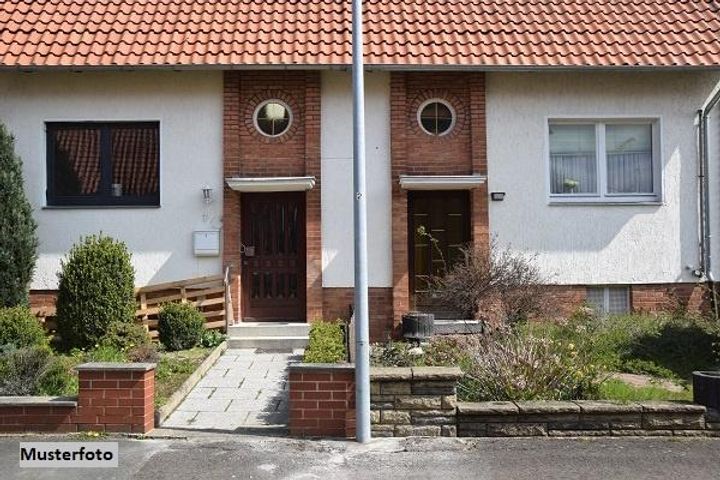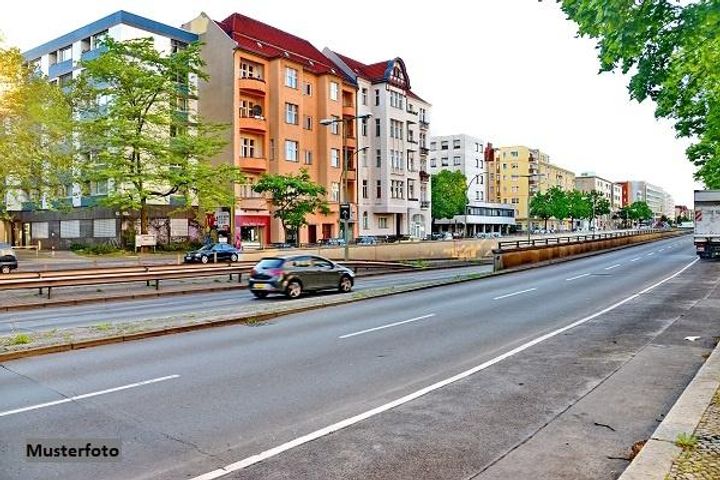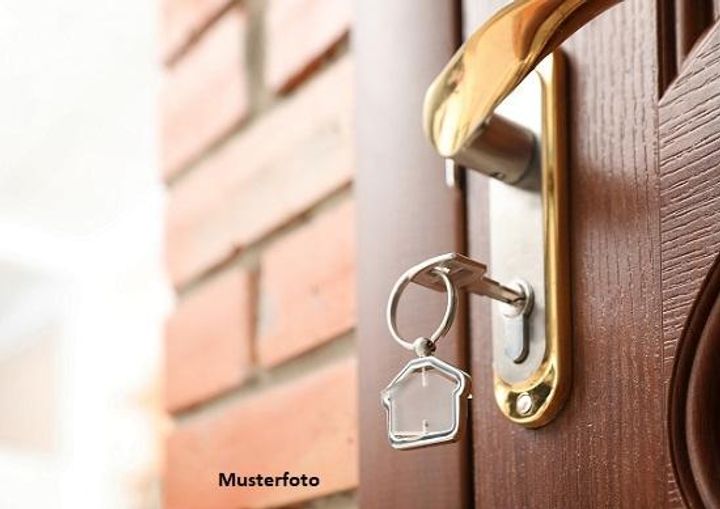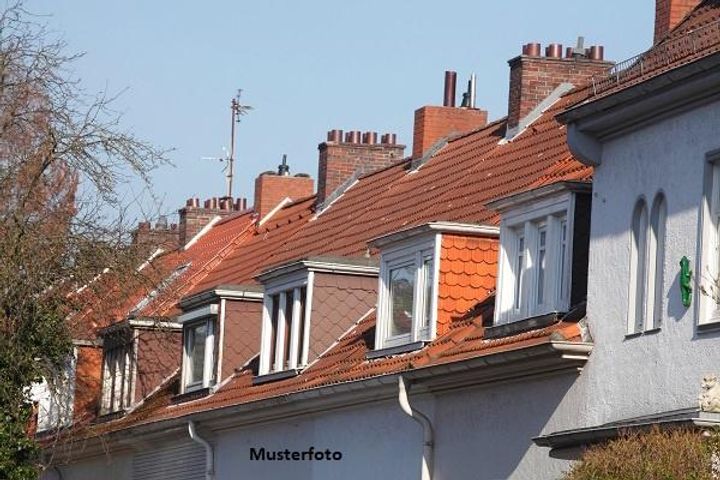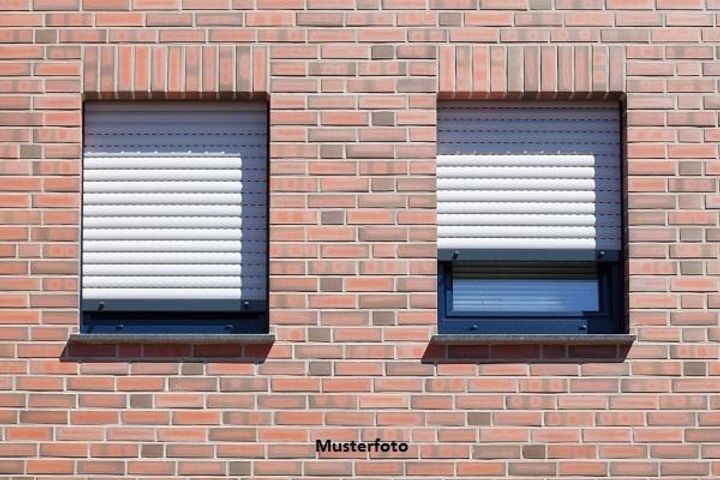Real estate prices in Köln are influenced by several critical factors, including location, economic conditions, and infrastructure development. Areas close to the city center, such as the Altstadt or the Belgian Quarter, tend to have higher property values due to their proximity to cultural amenities, shopping, and public transport. In contrast, neighborhoods like Mülheim or Humboldt-Gremberg may offer lower prices, reflecting their distance from these central attractions. Economic factors, such as employment rates and income levels, also play a significant role; for instance, the presence of major companies and institutions, like the University of Cologne, contributes to demand for housing. Infrastructure improvements, such as the expansion of public transport lines or the development of new commercial areas, can further elevate real estate prices as accessibility and convenience increase. Finally, socio-political factors, such as changes in local regulations or zoning laws, can unexpectedly alter the real estate landscape, impacting investors' willingness to buy or sell properties in certain areas.
Koln
Location
Price Range
Any price
Price Range
Minimum
No min
Maximum
No max
Property type
Show all
Property type
Show all
House
Apartment
Building
Other
Bedrooms
Any beds
Bedrooms
Minimum
No min
Maximum
No max
Surface Range
Any surface
Surface Range
Minimum
No min
Maximum
No max
Sale type
For sale
Sale type
Show all
To rent
For sale
Location
Apartments and houses for sale in Koln
218 results
Recent
Koln insights
| Aspect | Summary |
|---|---|
| Population | 1.1 million (2023 estimate) |
| Average Property Price | €3,500 per square meter |
| Rental Yield | 4.5% |
| Average Rent | €12 per square meter |
| Occupancy Rate | 93% |
| Capital Growth Rate | 3% annually |
| Property Tax | approximately 0.35% of property value |
| Transaction Costs | around 7% of the purchase price |
| Expected ROI | 6.5% including capital growth |
| Economic Growth Impact | Positive, driven by strong local economy and infrastructure development |
Koln FAQ
What factors influence real estate prices in Koln?
How have real estate prices in Koln changed over the last few years?
Over the past few years, real estate prices in Cologne (Köln) have seen a notable increase, driven by factors such as population growth, low-interest rates, and urban development projects. According to current data, residential property prices have surged by approximately 20% between 2020 and 2023, with the average square meter price in sought-after districts like Ehrenfeld and Innenstadt now exceeding €4,500. The demand for both rental and purchasing options has intensified, as more people relocate to the city for job opportunities and its vibrant lifestyle. For instance, apartments that were priced around €1,000 for a two-bedroom unit in 2019 now frequently command upwards of €1,300. Additionally, new developments in areas like Deutz and Nippes have further contributed to rising prices, as these neighborhoods have become increasingly attractive to young professionals and families alike.
What is the average price per square meter for apartments in Koln?
The average price per square meter for apartments in Köln (Cologne) varies significantly depending on the district and type of property. As of late 2023, central areas such as the Altstadt (Old Town) can see prices soaring upwards of €4,500 per square meter, driven by the demand for proximity to cultural landmarks and amenities. In neighborhoods like Ehrenfeld and Sülz, prices tend to be more moderate, ranging from €3,000 to €3,800 per square meter, appealing to younger professionals and families. Conversely, areas further from the center, such as Mülheim and Kalk, offer more affordable options, with prices averaging around €2,500 to €3,000 per square meter. Market fluctuations, local amenities, and new developments also influence these figures, creating a dynamic landscape for potential buyers and renters.
Are real estate prices in Koln higher in certain neighborhoods?
Real estate prices in Köln do vary significantly across different neighborhoods, influenced by factors such as location, amenities, and historical significance. For instance, the Altstadt (Old Town) area, known for its vibrant atmosphere and proximity to major tourist attractions like the Cologne Cathedral, typically commands higher prices. Similarly, the Belgian Quarter (Belgisches Viertel) is another sought-after district characterized by its trendy cafes, boutiques, and artistic vibe, resulting in elevated property costs. In contrast, neighborhoods like Deutz, while offering good transportation links and growing commercial areas, generally present more affordable options. Areas on the outskirts, like Mülheim, might attract lower prices, which could appeal to families or those seeking larger living spaces without the premium associated with central locations. The combination of local amenities, transportation access, and cultural appeal all contribute to the price variations seen across Köln's neighborhoods.
What should I expect regarding price increases in Koln over the next few years?
In Köln, residents and visitors can anticipate a gradual increase in prices across various sectors over the next few years, reflecting broader economic trends seen in many urban areas. The real estate market, for instance, has been robust, with rental prices expected to continue rising, fueled by increasing demand and limited supply, particularly in popular neighborhoods like Ehrenfeld and Lindenthal. Services such as dining and entertainment are also likely to experience upward pressure on prices, influenced by inflation and rising operational costs, as restaurants adapt to changes in ingredient prices and labor expenses. Additionally, public transport fares might see slight increases to cover the costs associated with system upgrades and expansions. Overall, these factors contribute to a landscape in Köln where consumers may need to brace for higher living costs in the coming years.
How do property prices in Koln compare to other major cities in Germany?
Property prices in Köln (Cologne) tend to be moderately priced compared to other major German cities. As of 2023, the average price for residential properties in Köln is around €3,600 per square meter, which places it below cities like Munich, where prices can exceed €6,000 per square meter, and Frankfurt, where averages hover around €5,000. Berlin, often lauded for its affordability relative to its size and status, has witnessed prices nearing €4,000 per square meter, making it slightly more expensive than Köln. However, Köln's vibrant cultural scene, proximity to major trade routes, and strong economic growth contribute to a steady demand for housing, resulting in a price trajectory that’s upward but less aggressive than in cities like Stuttgart or Hamburg, where prices can also reach into the upper €4,000 range. Notably, neighborhoods such as Ehrenfeld and Lindenthal are experiencing rapid growth, with prices rising faster than the city average, while more traditional areas like Altstadt still remain appealing for their historical charm, albeit at a premium.
What are the typical costs associated with buying property in Koln?
When buying property in Köln, several costs come into play beyond the purchase price. The property transfer tax (Grunderwerbsteuer) is significant, typically around 6.5% of the purchase price, which can add a substantial amount to the overall expense. Additionally, notary fees usually range from 1.0% to 1.5% of the property’s value, as all property transactions must be formalized by a notary. There are also registration fees for the land registry, which are generally around 0.5% of the purchase price. Buyers should factor in real estate agent fees too, which can be between 3% to 7% depending on the agent and the service provided. Finally, costs related to property inspections and potential renovation expenses can vary widely, but it's prudent to budget for at least a few thousand euros to address immediate needs.



